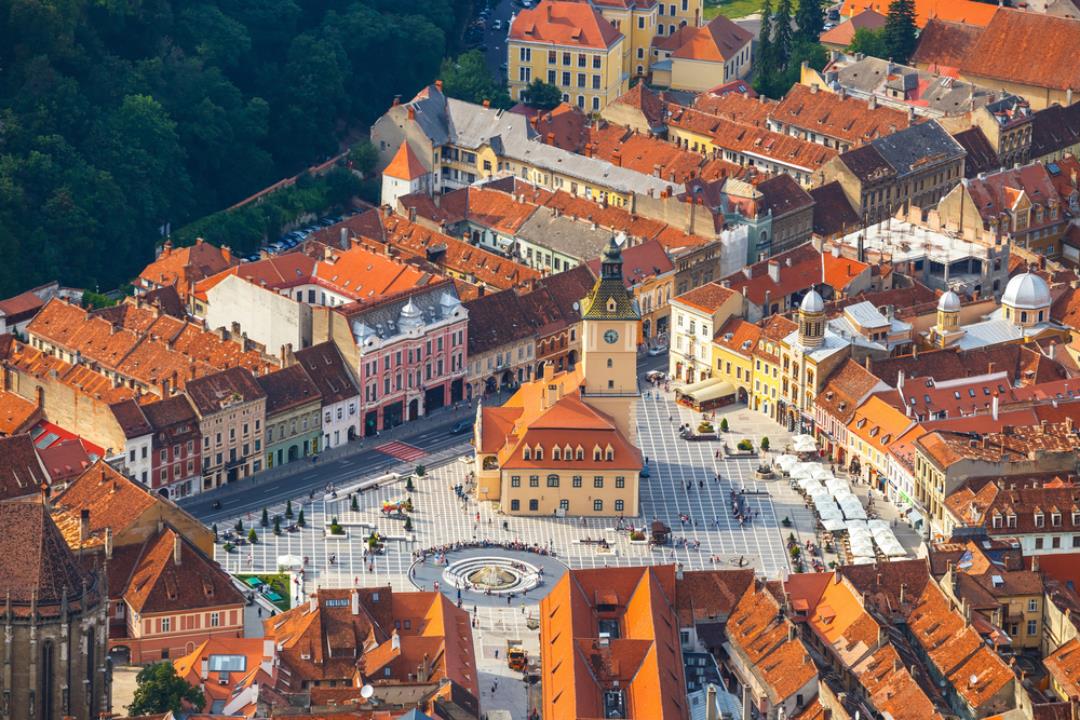Wizz Air expands horizons: Direct flights from Budapest to 71 airports in 32 countries this winter!

As part of its 2024/25 winter schedule, Wizz Air will provide direct flights from Liszt Ferenc International Airport to 71 airports across 32 countries, including five new destinations: Genoa, Gran Canaria, Salerno, Memmingen, and Marrakech.
Wizz Air to operate more than 600 routes this winter
The airline has announced that it will operate more than 600 routes, making over 28 million seats available from the end of October through March, which represents its largest winter offering to date.
Wizz Air is introducing over 40 new routes and will commence operations from the new Salerno airport. It will also resume flights from the Chișinău airport and expand its offerings to destinations such as Cairo (Sphinx Airport), Sharm El Sheikh, Marrakech, and Stuttgart from more European locations.

During the recent summer schedule, the airline carried nearly 40 million passengers across about 200,000 flights. Despite recent geopolitical, weather, and traffic challenges, Wizz Air reported a flight performance rate of 99.3%, one of the highest in the industry.
71 airports in 32 countries to be accessible from Budapest
From Budapest, travellers will have access to 71 airports in 32 countries during the winter schedule, including the five new destinations mentioned earlier: Genoa, Gran Canaria, Salerno, Memmingen, and Marrakech.
Starting in December, Wizz Air will increase its flight frequency to London, with two daily flights departing from Budapest to London Gatwick. This will result in a total of 33 weekly flights between the two cities, representing over a 25% increase compared to the summer period.
The airline has also introduced several new services, including the “All You Can Fly” program, expanded access to the Wizz Multipass subscription, and an updated Wizz Discount Club Premium package. Additionally, payments via Apple Pay and Google Pay are now accepted in the Wizz Air app, and Revolut cards are accepted on board the aircraft.
Carbon emission one of the lowest at Wizz Air
According to the company, the average carbon dioxide emissions per passenger kilometre for its flights were 52.6 grams over the past 12 months, making it one of the lowest in the industry.
As previously reported by AIRportal.hu, the airline is beginning to test the use of sustainable aviation fuel (SAF) in collaboration with Airbus, leading the way in compliance with the European Union’s Refuel EU regulations set to take effect in 2025.
András Szabó, Wizz Air’s network development manager, stated, “We are proud to have served over 50 million passengers in Hungary and hope our new routes will encourage even more people to travel. We continue to work on enhancing our operational performance and customer experience with our expanding, modern fleet while adhering to the industry’s highest sustainability standards.”
Read also:


































